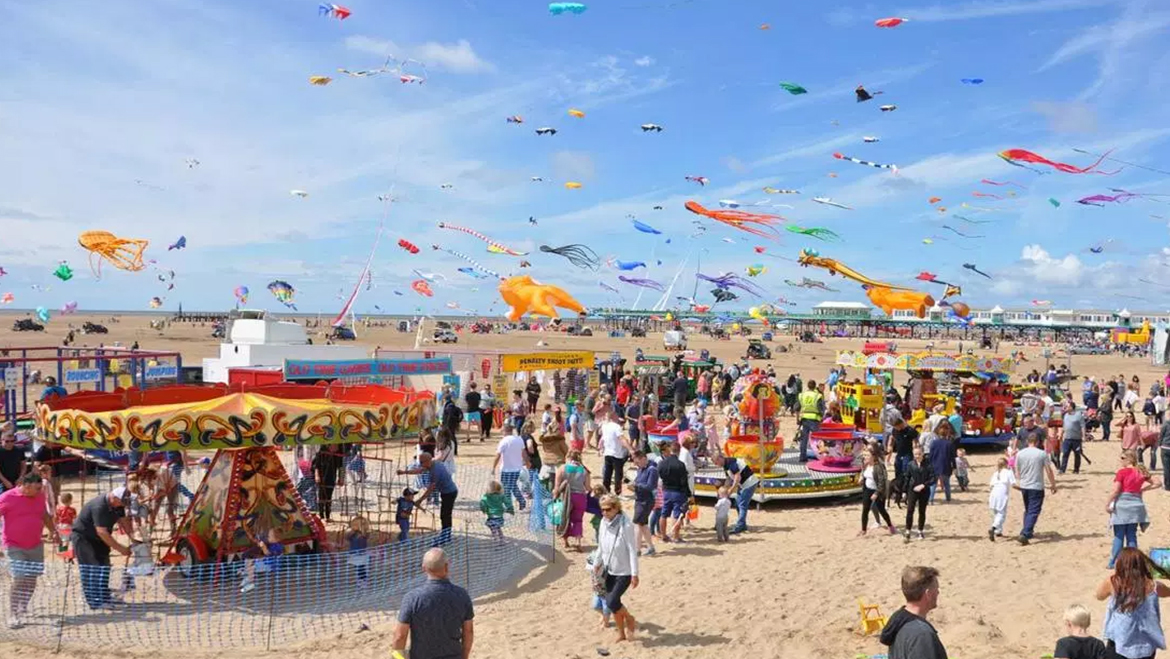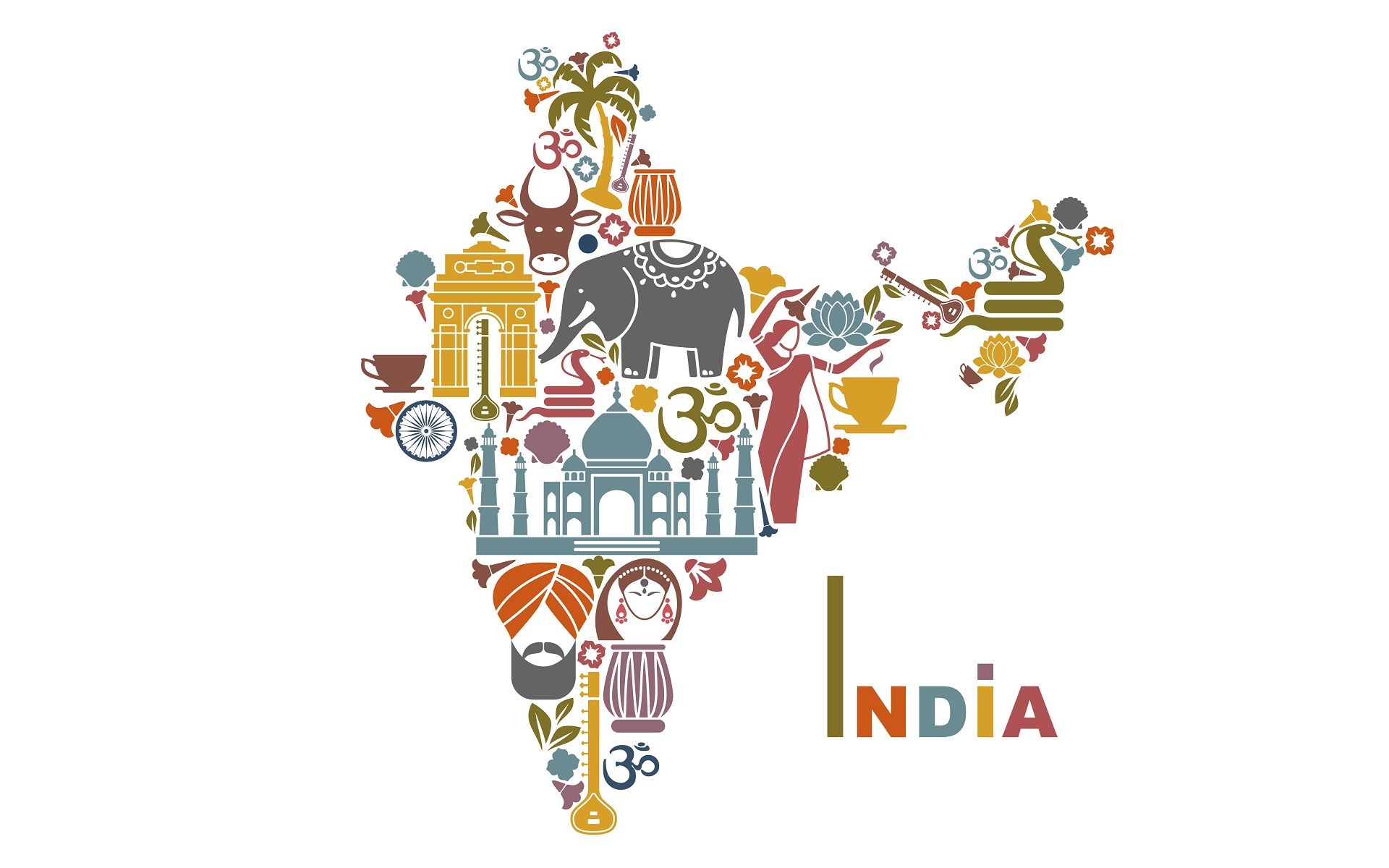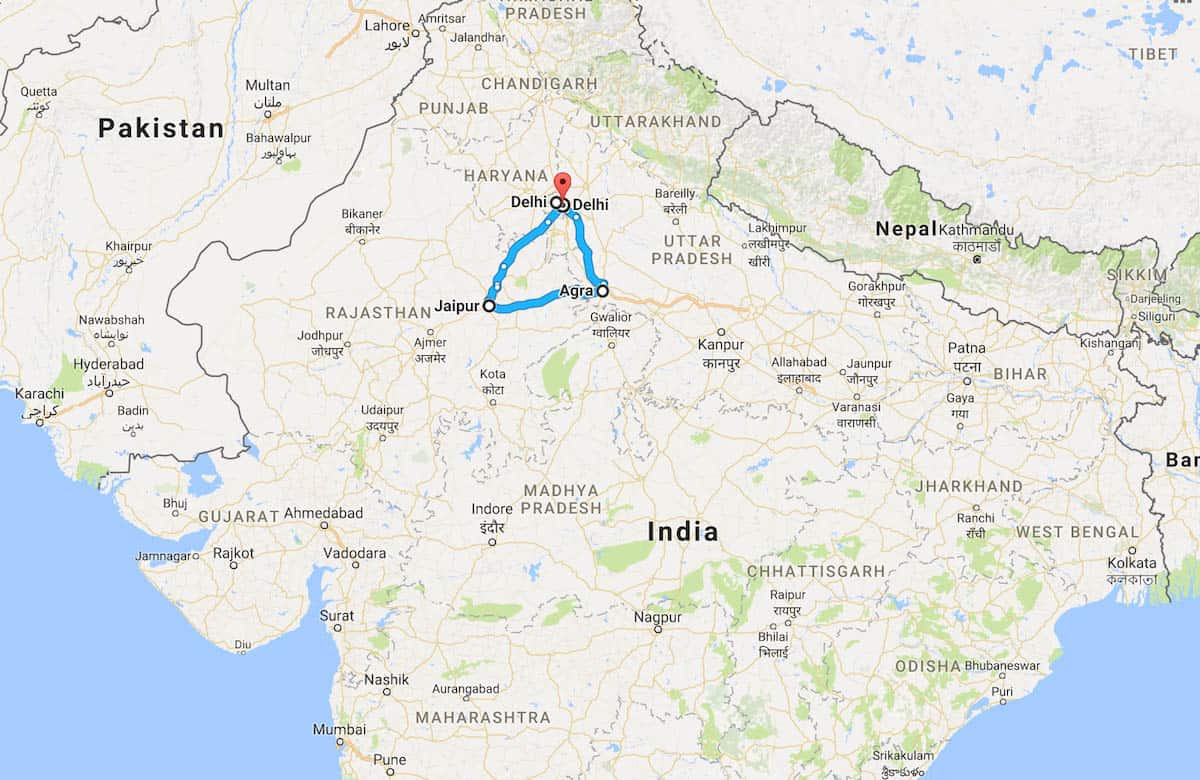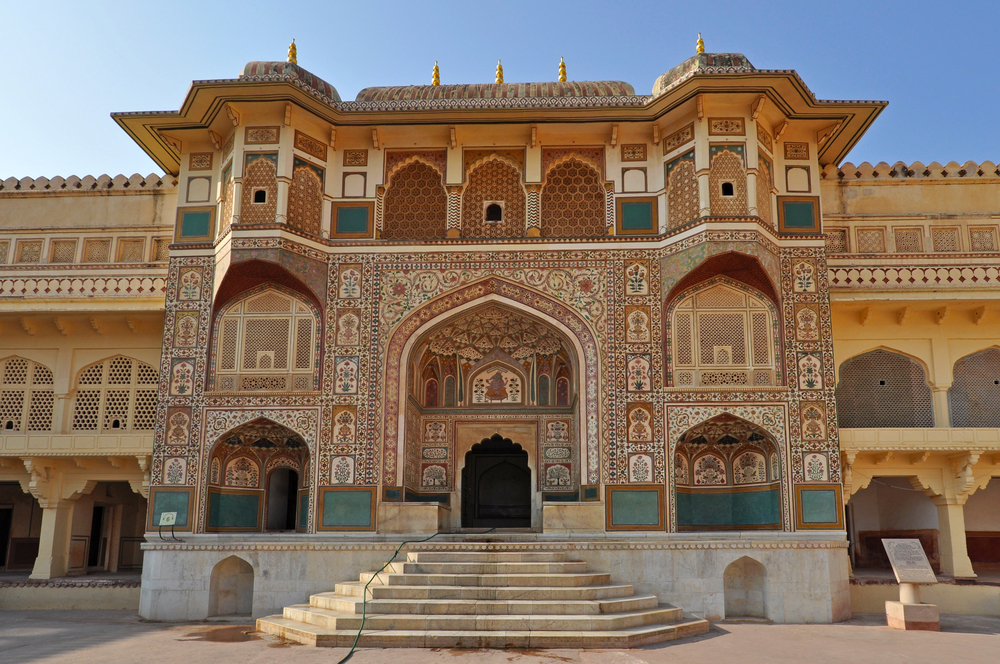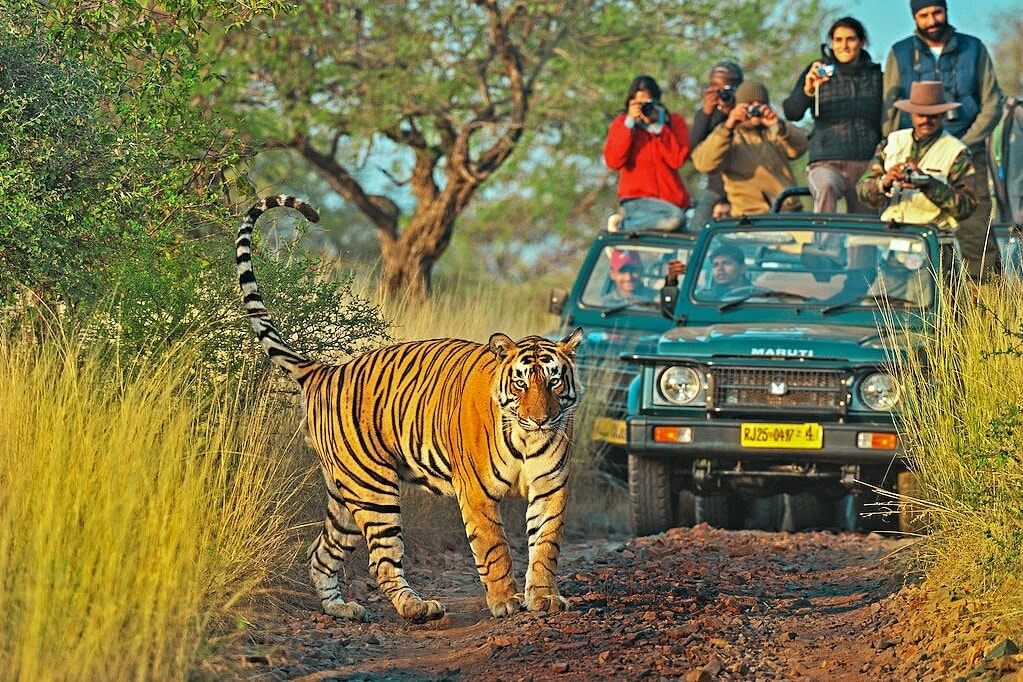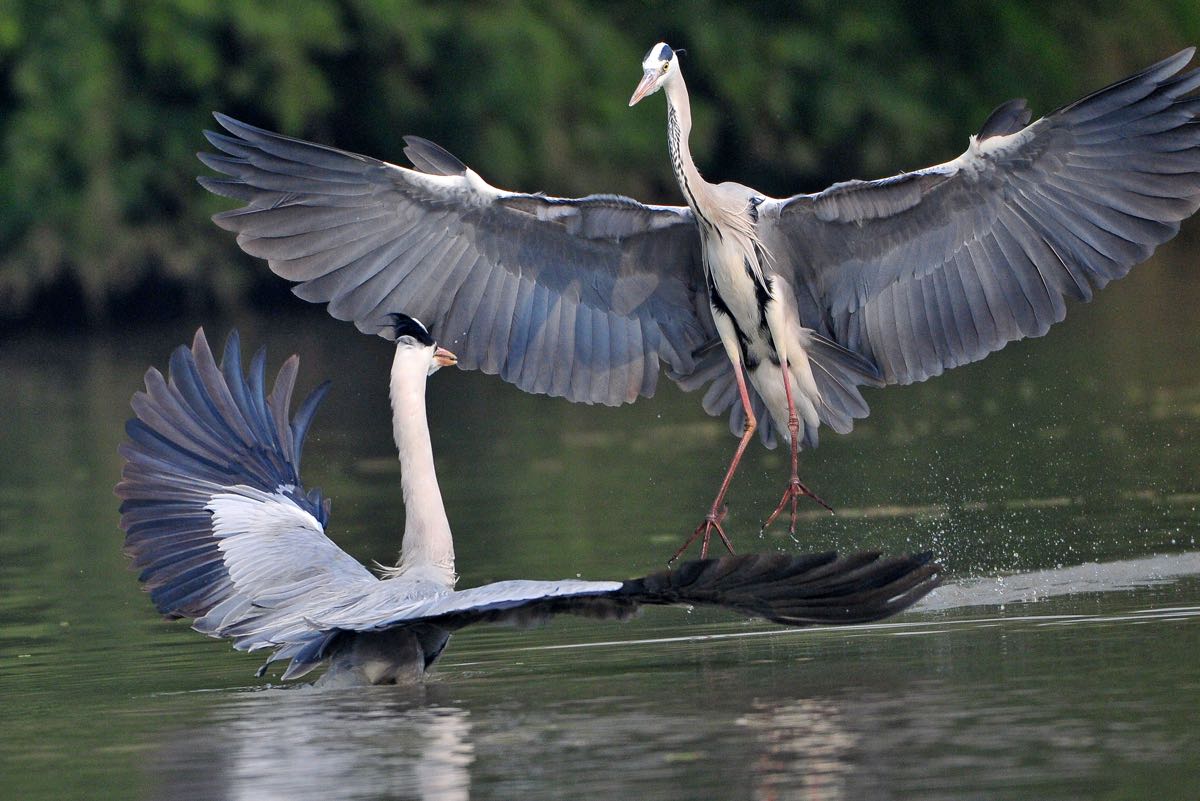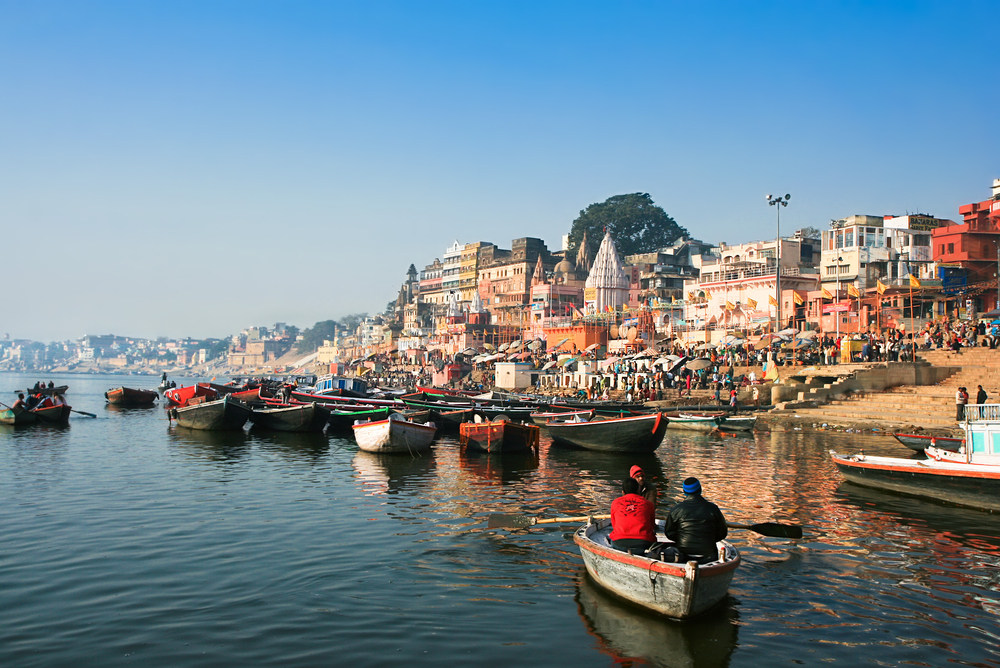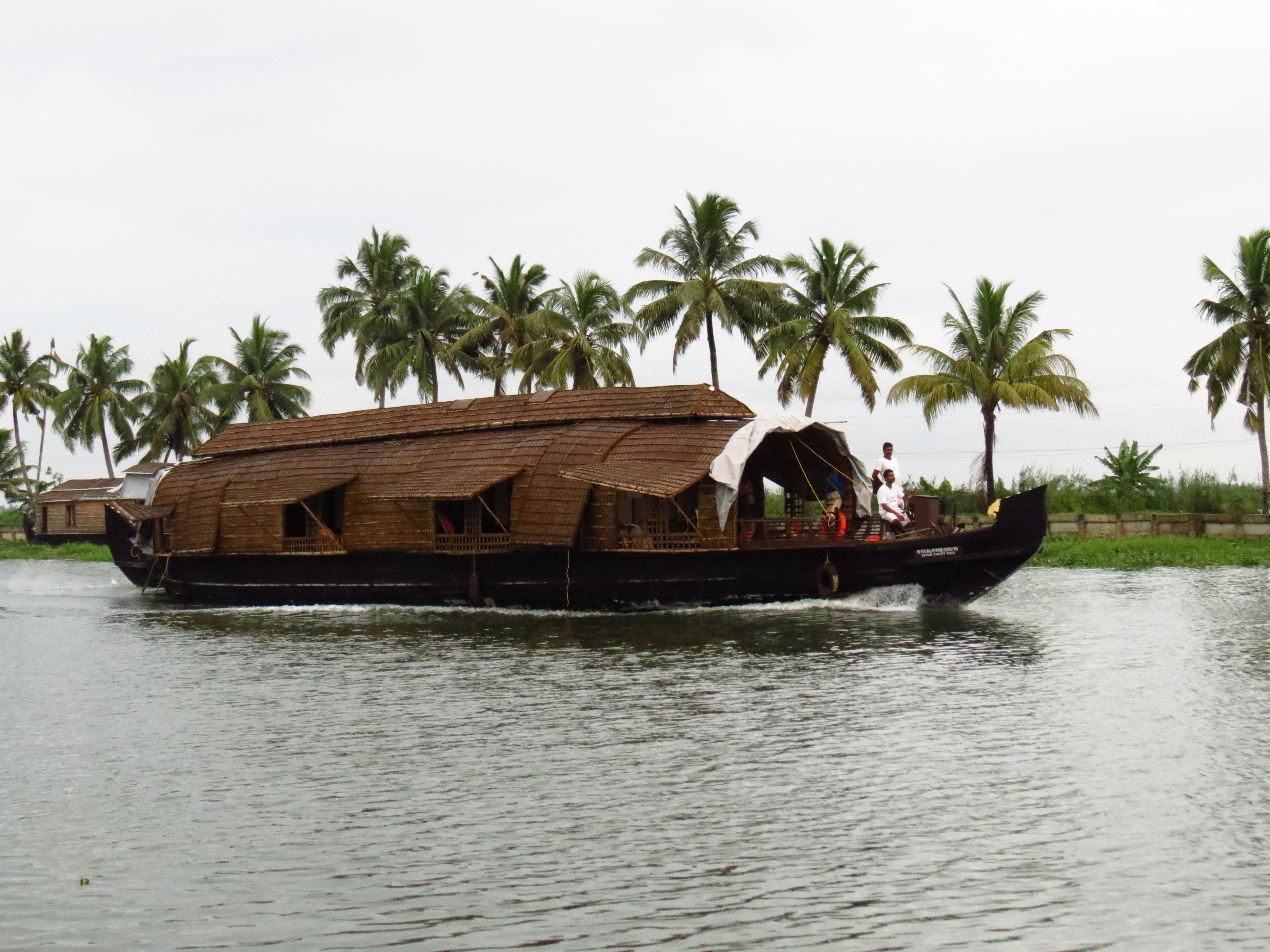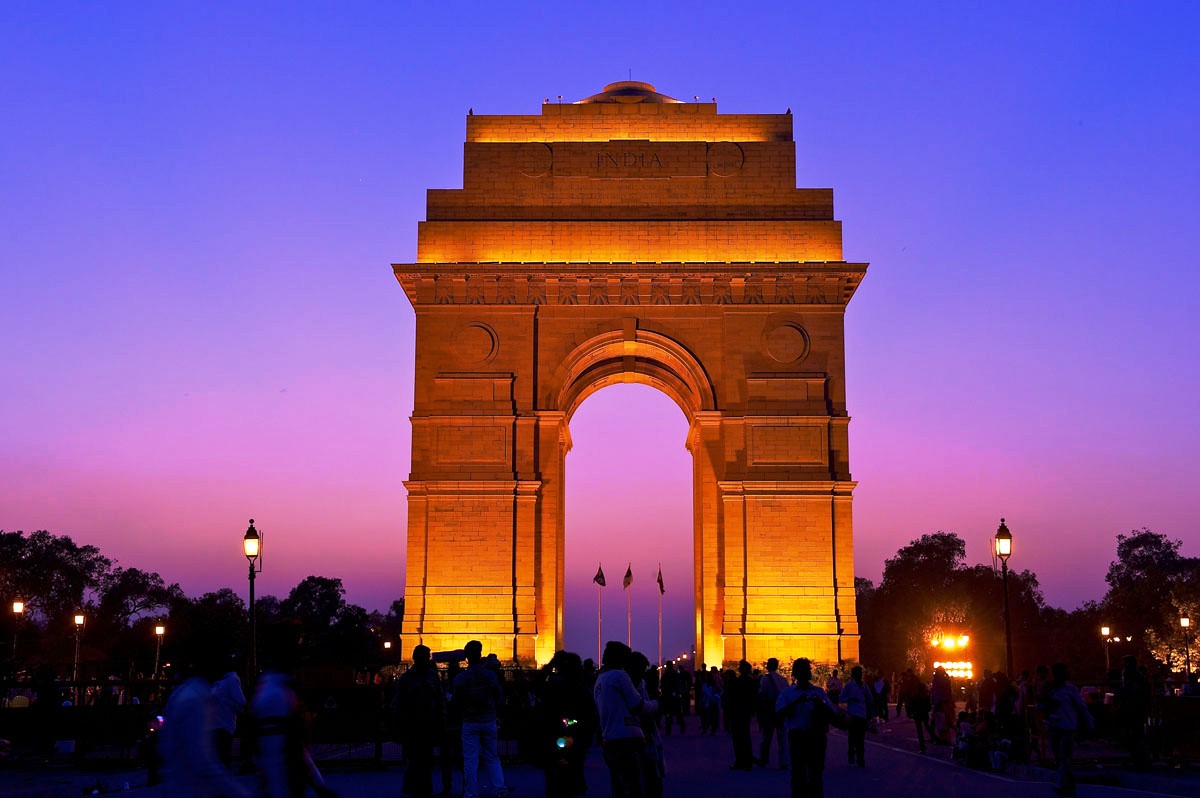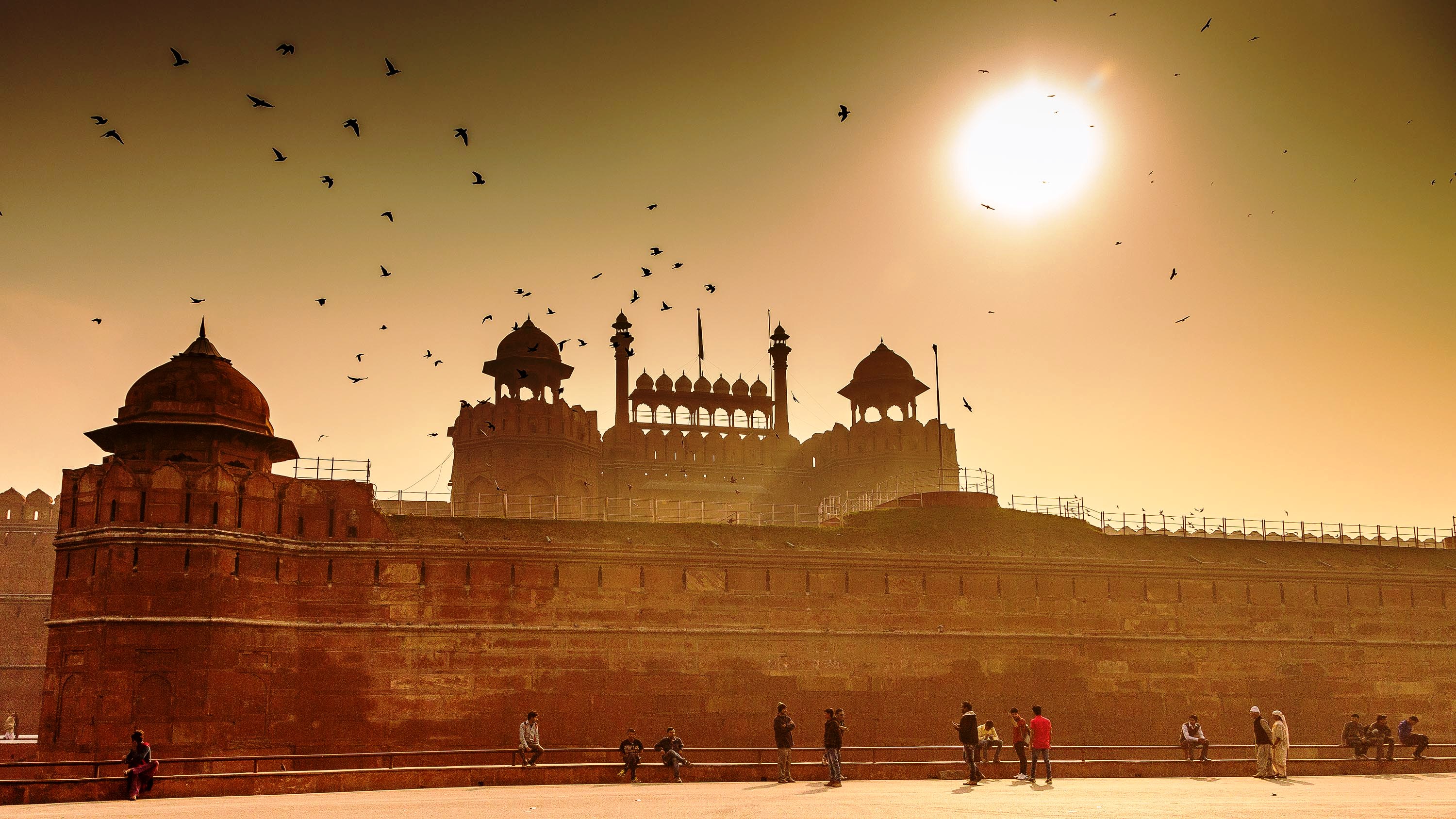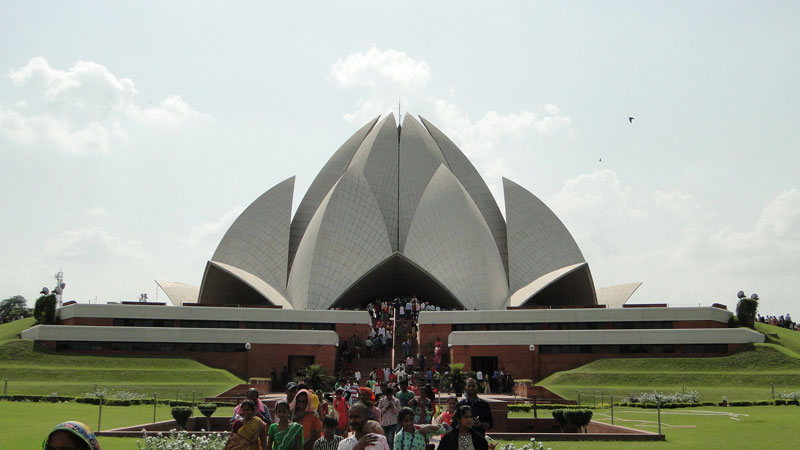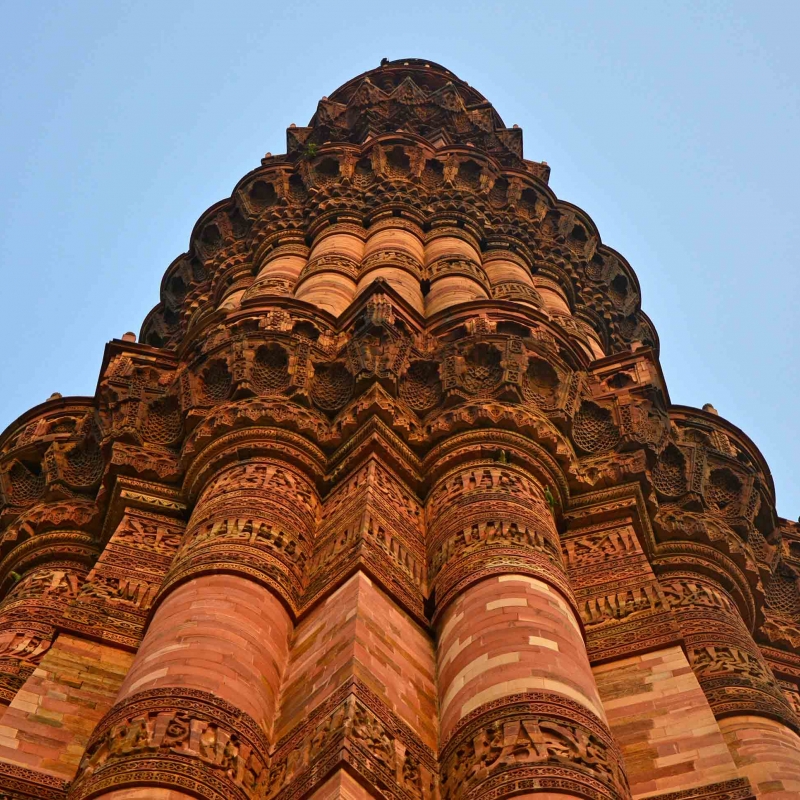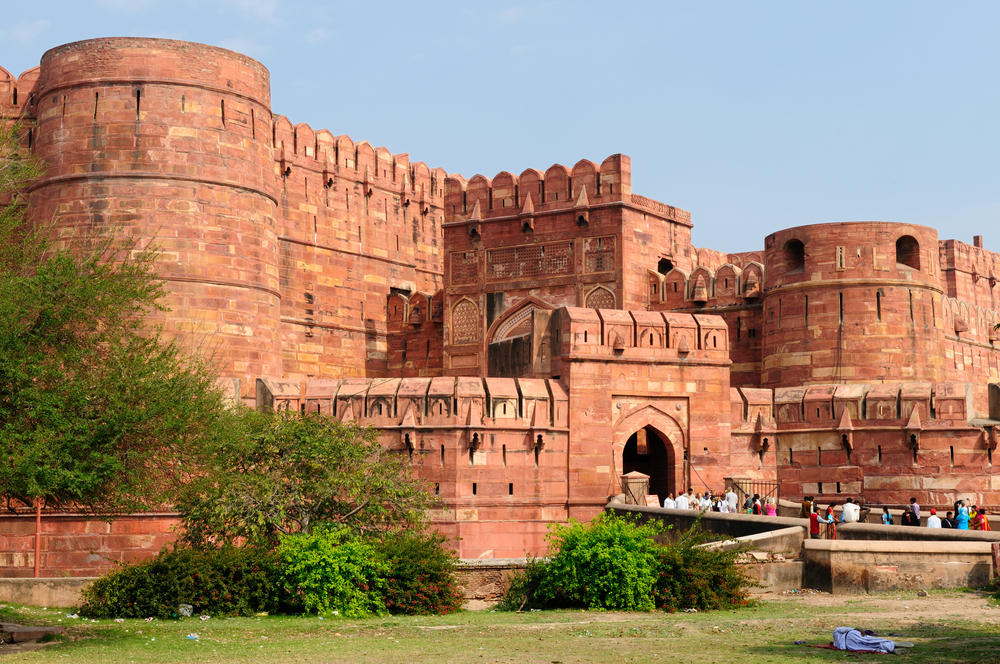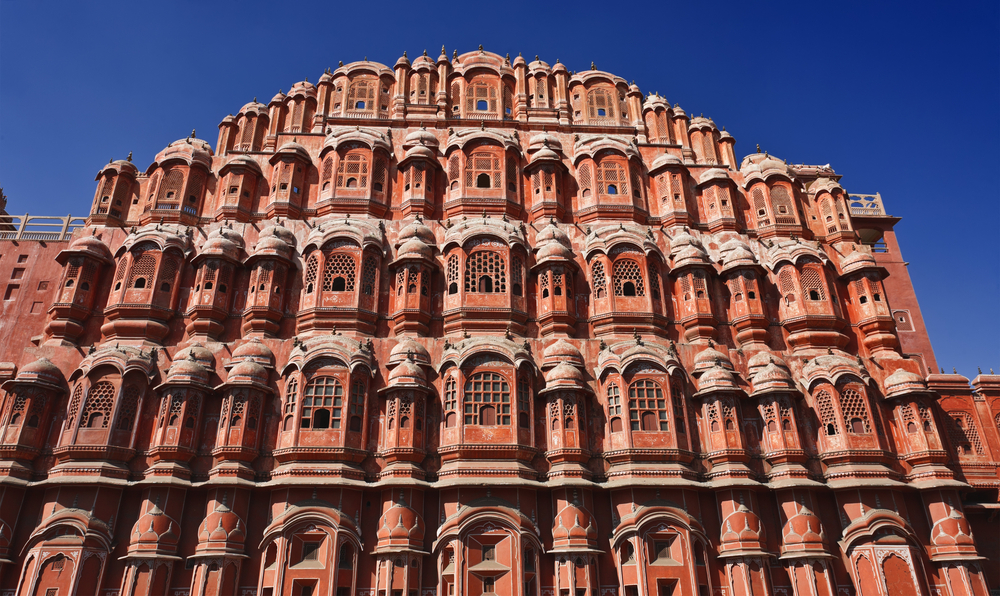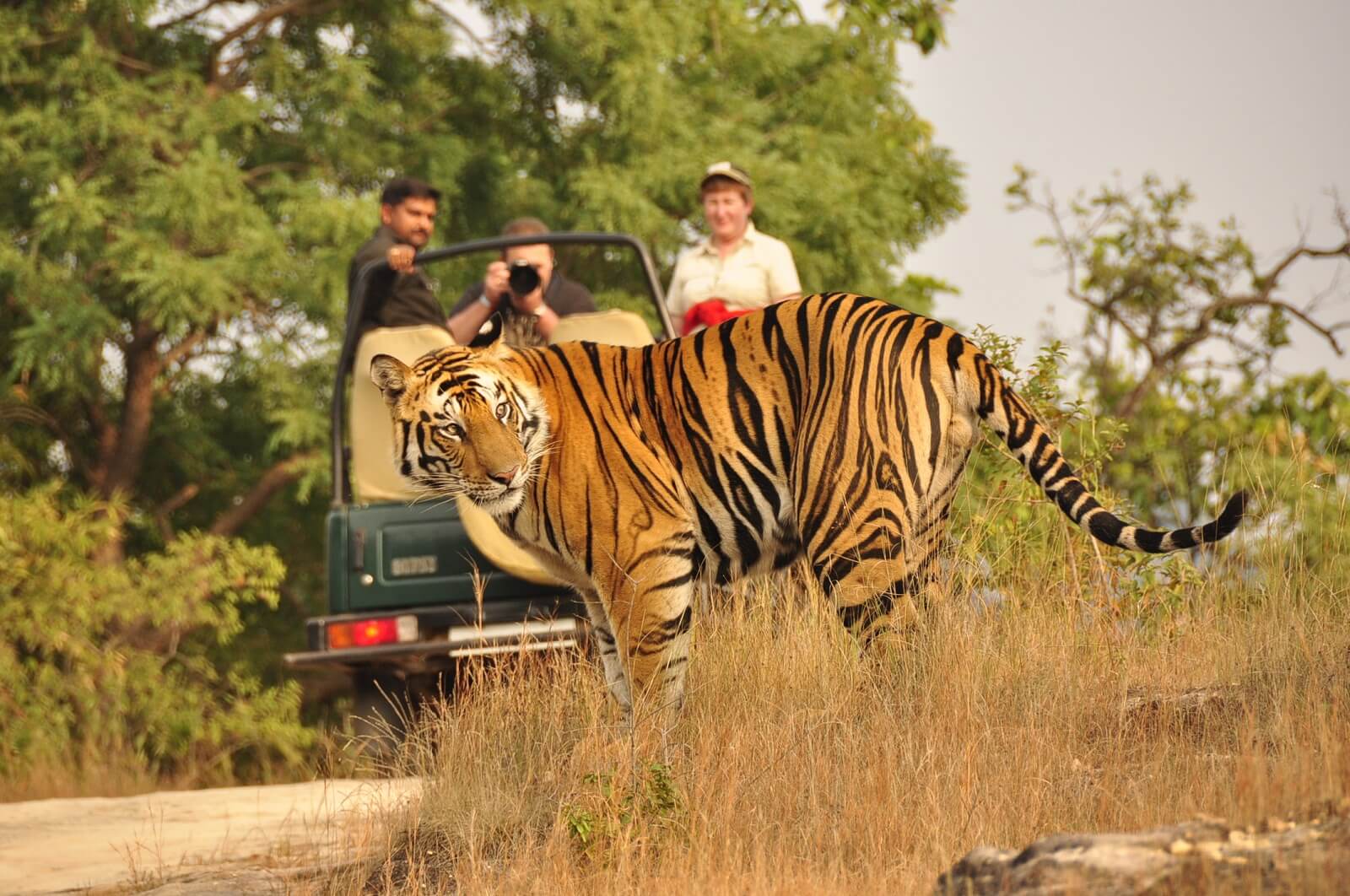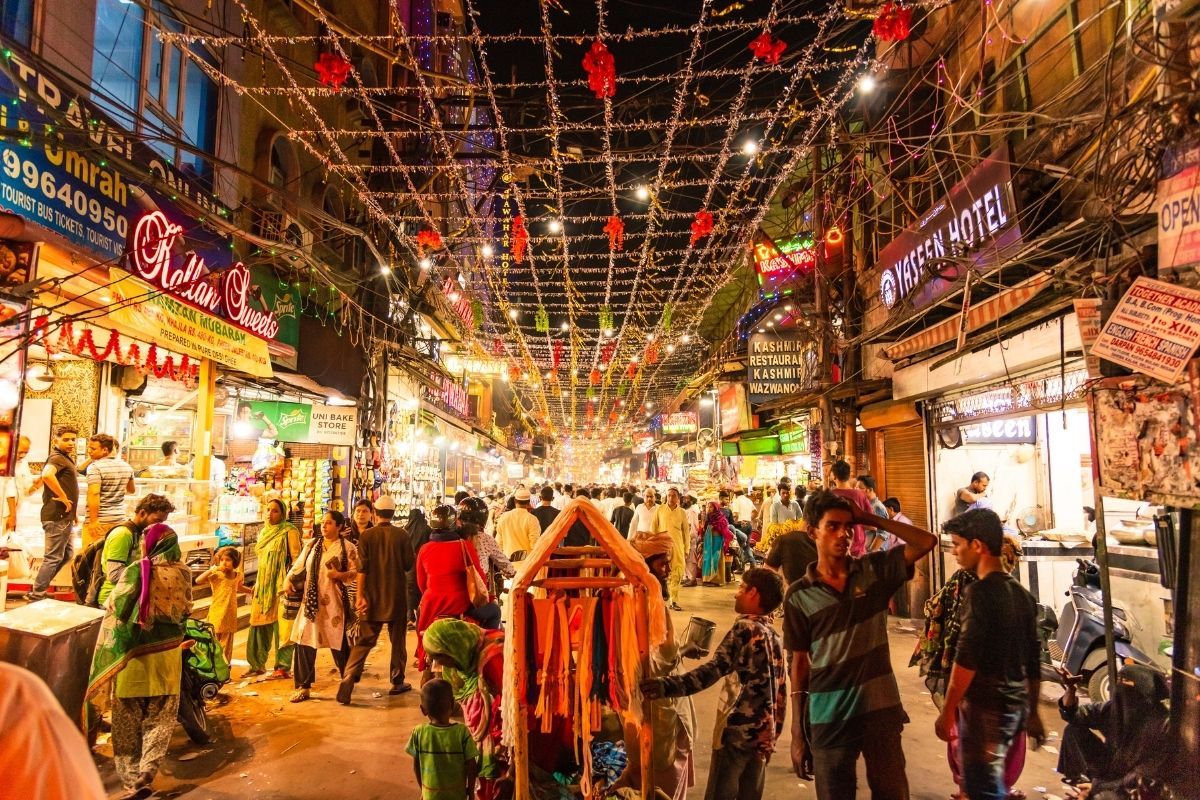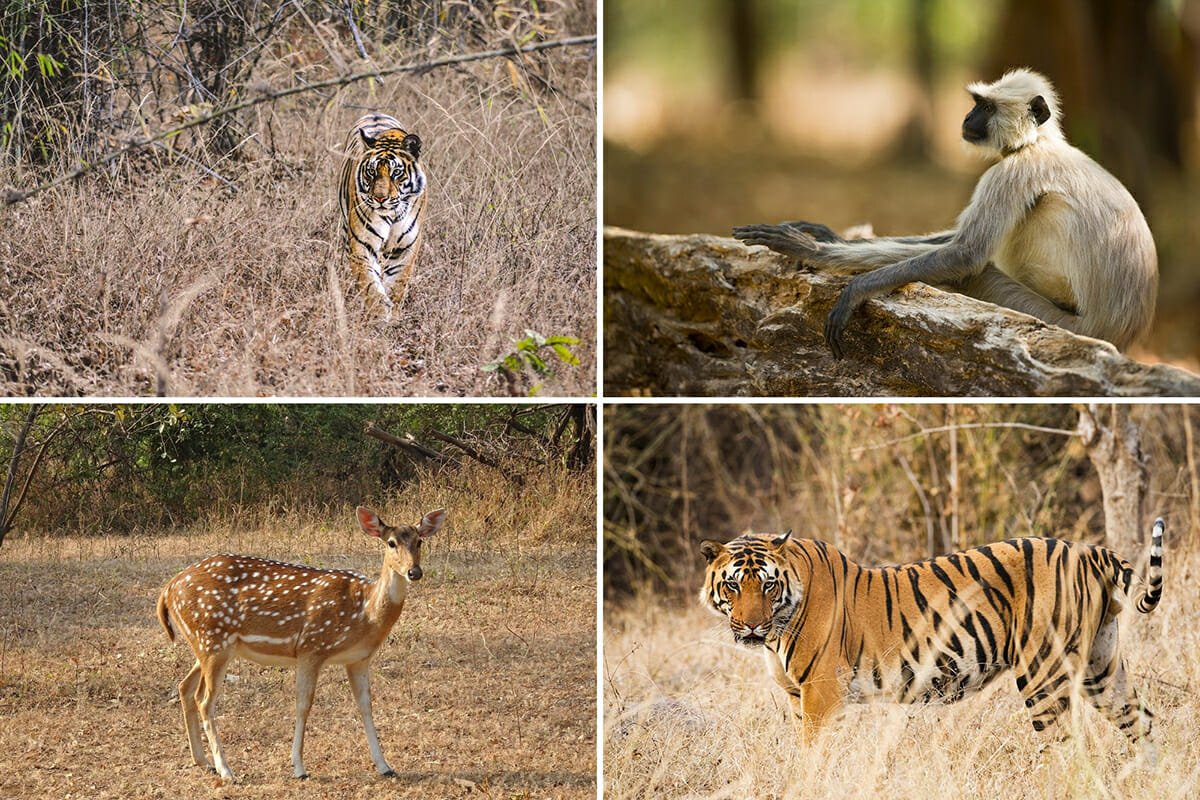Exploring India with a Weeklong Golden Triangle Tour
by
India, colourful, diverse and unlike any other place on Earth conjures the best travel experiences. The spellbinding charms of the country extend from the snow covered mountains, sandy beaches, emerald backwaters, lush jungles, historic ruins, extraordinary architecture to many delightful activities. Golden Triangle Tour of India is a wonderful introduction of the country, its history, heritage, culture and incredible charms. Exploring the Golden Triangle is visiting the amazing places of Delhi, Agra and Jaipur with stops at Bharatpur and Ranthambore and extensions to other corners of India.
So, if you have a week to spare or more, then here is the plan to uncover incredible India with a Golden Triangle Tour.
Delhi (Day 1 & Day 2)
The capital city Delhi is historic, cultural and very much the best introduction to India. The start point of the Golden Triangle circuit, the city is a wonderful experience for travellers. Enjoy some sightseeing with stops to savour the delicious street food, get some shopping done and have a hospitable stay. From here you can easily plan your holidays to anywhere in the country.
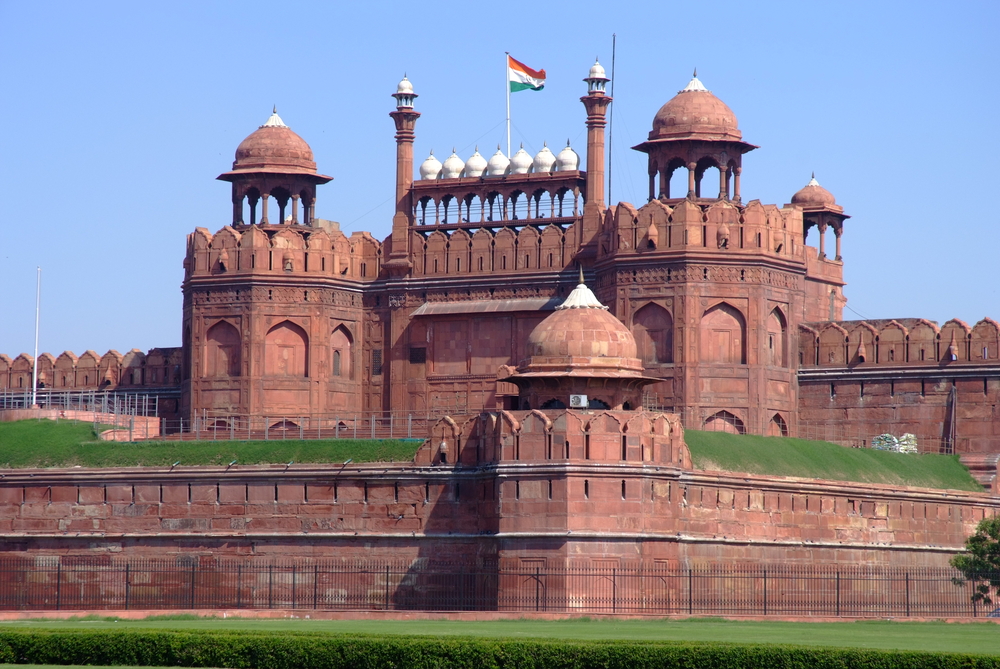
Proceed to Old Delhi, to explore the majestic Red Fort, a UNESCO inscribed world heritage site. A rickshaw ride through narrow backstreets of the Mughal ruled part of the city. The Jama Masjid is a sight to marvel at. India’s largest mosque, the 17th-century Mughal architecture is worth a photo stop. The delightful flavours and smells of the Parathewali Gali in the narrow lanes.
Next, choose to visit the serene Raj Ghat, a tribute to the father of the nation, Mahatma Gandhi. Later, head to New Delhi, the planned city built during the British Raj. Pass through the diplomatic quarter, the Indian parliament buildings and the Rajpath to the stately arch India Gate, dedicated to brave soldiers.
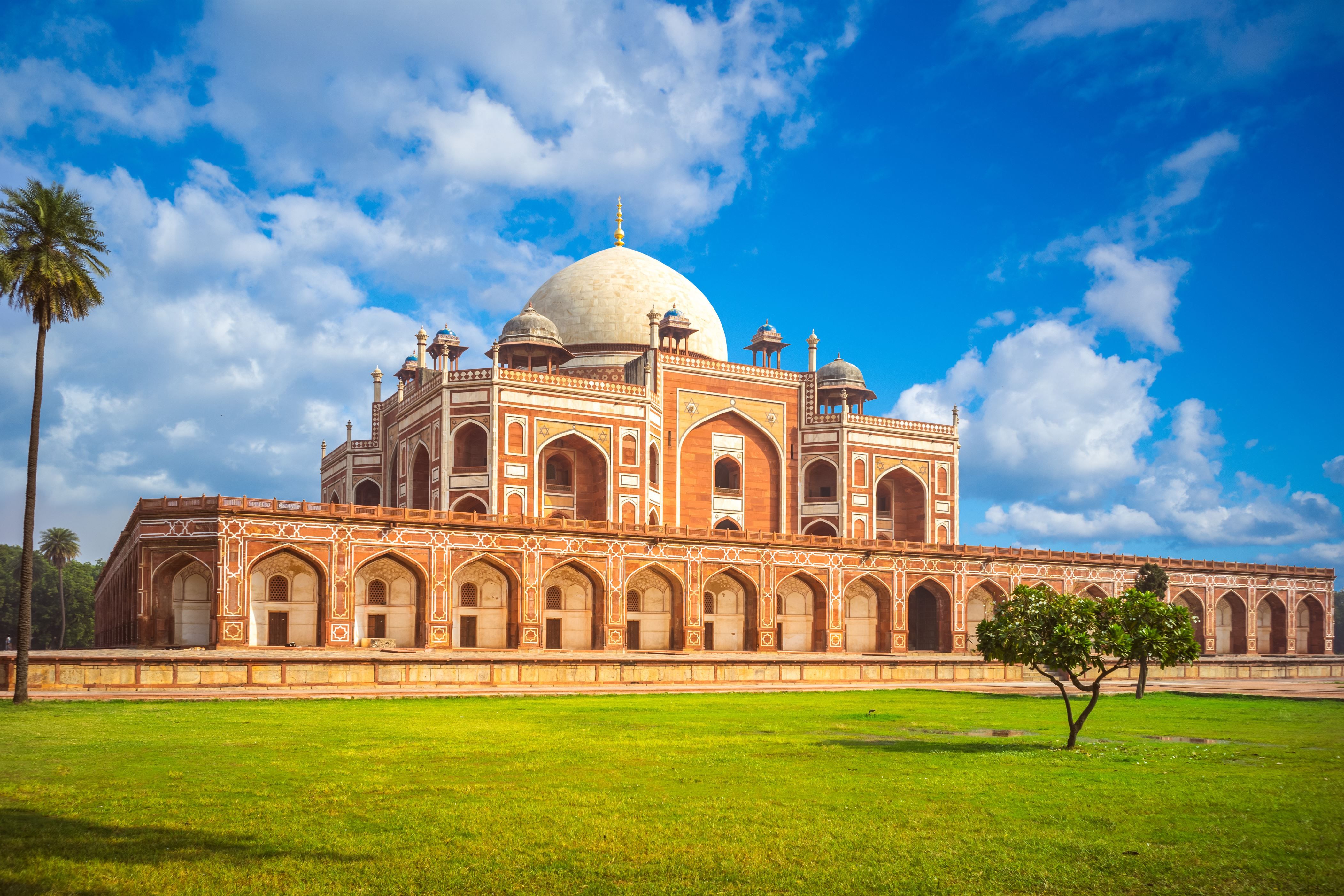
The Humayun’s Tomb is next on the day’s plan. The garden tomb of the Mughal Emperor, Humayun dates back to the 16th-century. The UNESCO World Heritage Site and believed to be an inspiration behind the Taj Mahal. Next for sightseeing, had to the UNESCO heritage site of Qutb Archaeological Complex. The brick minaret is one of the world’s tallest and there are many tombs and other specimens of architecture.

In the evening choose to head to the Lotus Temple or the Akshardham temple. Both of these temple complexes are not just places of worship but also incredible architecture and treasures of culture.
The day must end with shopping and a 5-star dinner at Delhi’s finest restaurants. You can plan to do all of these in two days to enjoy it all better.
Agra (Day 3 & Day 4)
The next point of the Golden Triangle Circuit is Agra. Home to one of the iconic buildings in the world, the Taj Mahal, it is a place beyond comparison. Beyond the marvelosu specimens of Mughal architecture it

Relive the days of glory of Mughals at the grand red-sandstone marvel, Agra Fort, the UNESCO-feted architectural wonder. The view of the Taj Mahal is an experience that you cherish a lifetime. The white-marble mausoleum has ethereal inscriptions housing two tombs of Shan Jahan and his beloved wife Mumtaz.
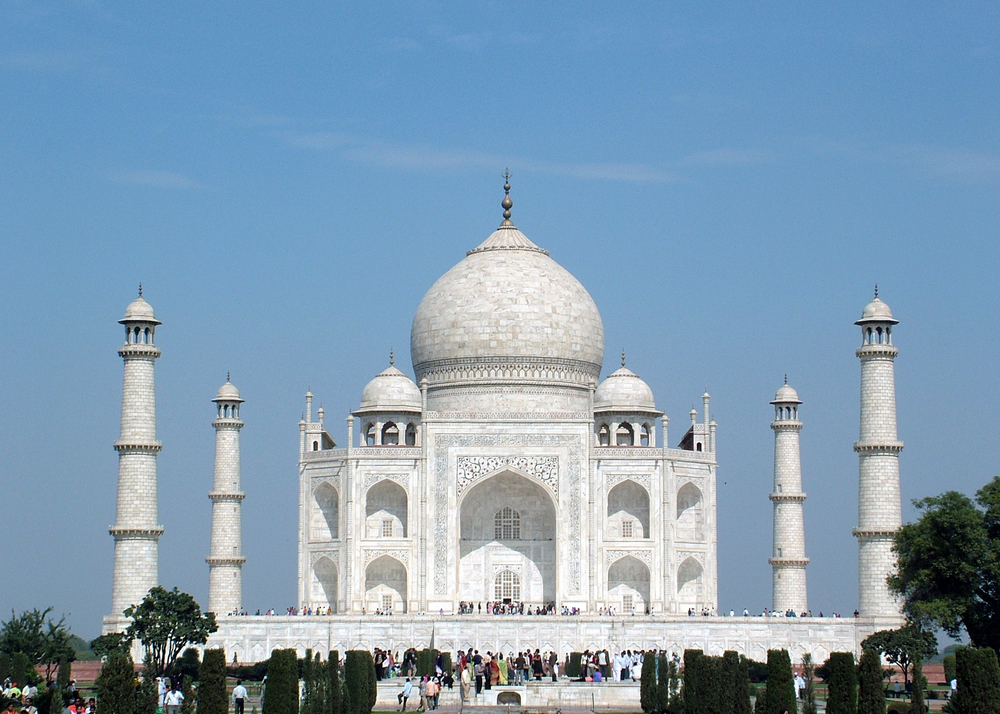
The next day, head towards Rajasthan, while a quick visit to another UNESCO-approved heritage site, Fatehpur Sikri. A magnificent capital of the Mughal Empire in the late 16th century and later abandoned because of lack of water. Now, more than four centuries later, most of the city is in ruins, aside from its regal imperial complex. Its red-sandstone architecture is carved into complex motifs that invokes a sense of wonder.
If you are short on time, then proceed towards Jaipur but if you want to experience India’s rich wildlife, make stops at Bharatpur as well as Sawai Madhopur. Both of these places offer a thrilling view and experience of the blessed wilderness. Bharatpur is home to the blessed Keoladeo National Park, a beautiful bird sanctuary. At the lush Sawai Madhopur lies the Tiger haven of Ranthambore National Park where spotting the majestic beasts and wilderness is an unforgettable experience.
Jaipur (Day 5 & day 6)
The Pink City of Jaipur is the last leg of the Golden Triangle circuit. The royal capital of Rajasthan is a rare gem with incredible architecture, activities, food, shopping and a luxury stay. The walled city is one among the UNESCO World Heritage Cities and also a covered creative city with name for folk arts and crafts.

Sightseeing in Jaipur starts with a visit to the royal hillside Amber Fort, overlooking the city of Jaipur. The Fill Forts of Rajasthan feature among the UNESCO World Heritage Sites. Pay a visit to the magnificent Hawa Mahal, an icon of the city. Next, move to the City Palace, the residence of the ruling family of Jaipur. The magnificent design and layout is worth exploring. Explore the museum and its many treasured artefacts. Next, pay a visit to the UNESCO site, the Jantar Mantar, a fascinating display of architectural astronomy instruments built by the innovative Rajput king Sawai Jai Singh. The view of the Jal Mahal is a must. Stop at the Albert Hall Museum to explore rare artefacts.
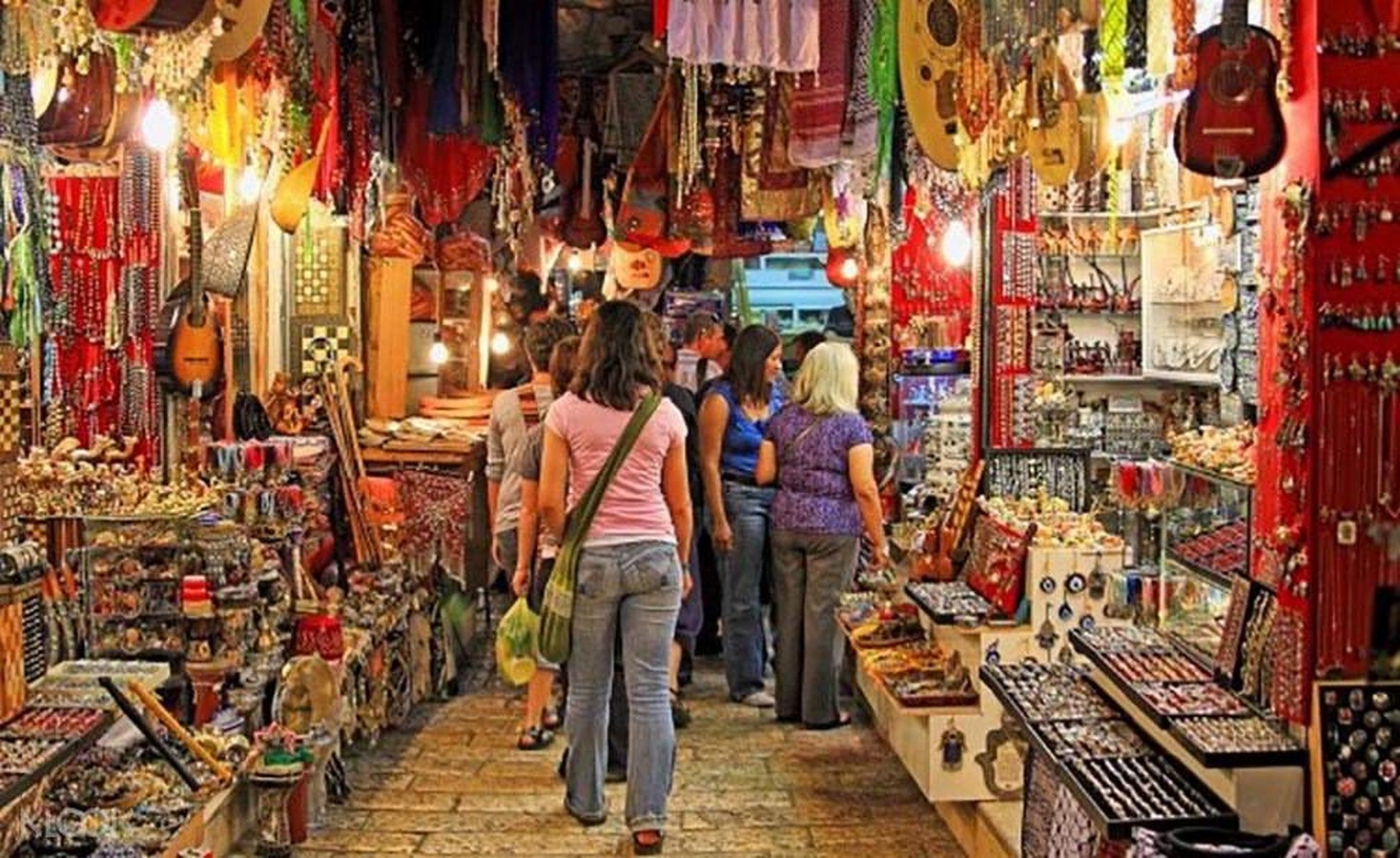
Shopping in the vibrant markets of Jaipur deserves a mention. Get your hands of handcrafted jewellery, pottery, vibrant clothes and so much more. Stay at any one of the pretty palaces of Jaipur or the heritage hotels.
The Golden Triangle tour of India has so much to offer to the forts-time travellers as well as the ones visiting again and again. Perfect for honeymoon tour, family vacations as well as a holiday with friends, this prized India tour is definitely a must-visit.


